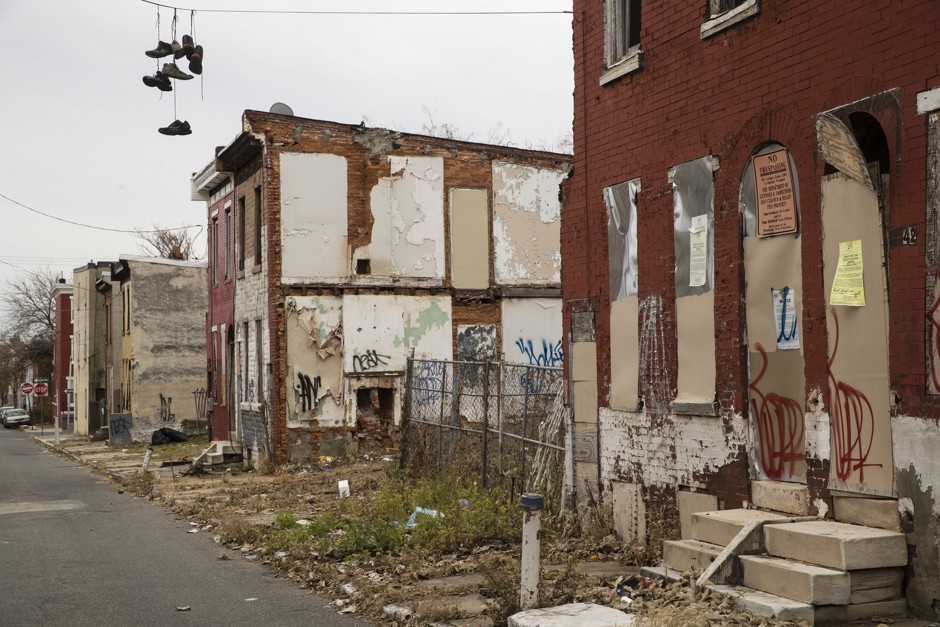As empty homes sit in purgatory, neighborhoods fray and cities are left to pick up the bill.
The image of America’s housing crisis is of pricey, increasingly unaffordable housing in superstar cities. And there is too little housing—a scarcity—in those places. But there is another, even more disturbing side to America’s housing crisis: vacancy, and in some cases hyper-vacancy, in the nation’s hard-pressed Rust Belt cities.
This other side of the housing crisis is the subject of a new report published by the Lincoln Institute of Land Policy. The report, written by Alan Mallach of the Center for Community Progress, examines the extent of housing vacancy across America’s cities, identifies its staggering economic and social costs, and outlines policies to address it. Mallach uses data from the U.S. Census and U.S. Postal Service to identify vacant properties.
While housing vacancy has long been a problem in America, especially in economically distressed places, vacancies surged in the wake of the economic crisis of 2008. The number of unoccupied homes jumped by 26 percent—from 9.5 to 12 million between 2005 and 2010. Many people (and many urbanists) see vacancy and abandoned housing as problems of distressed cities, but small towns and rural communities have vacancy rates that are roughly double that of metropolitan areas, according to the study.
Read Full Article [Source www.citylab.com]




